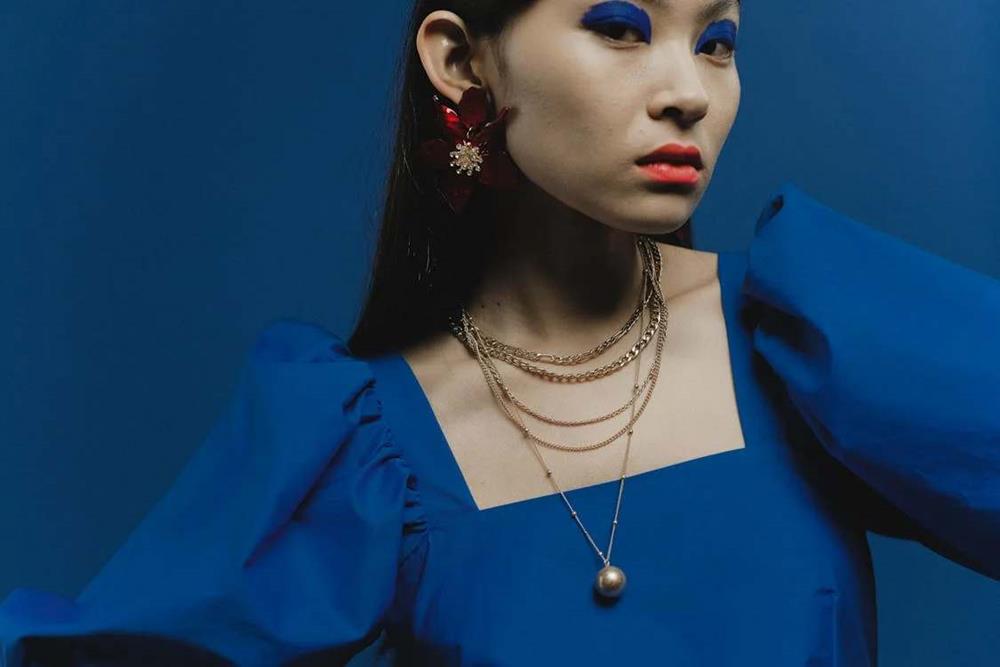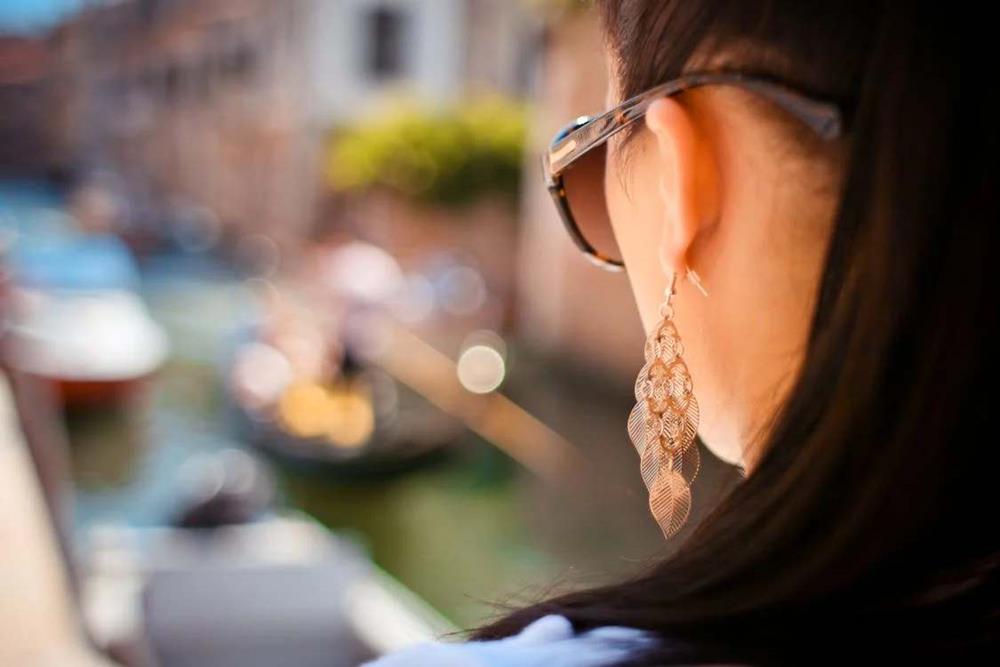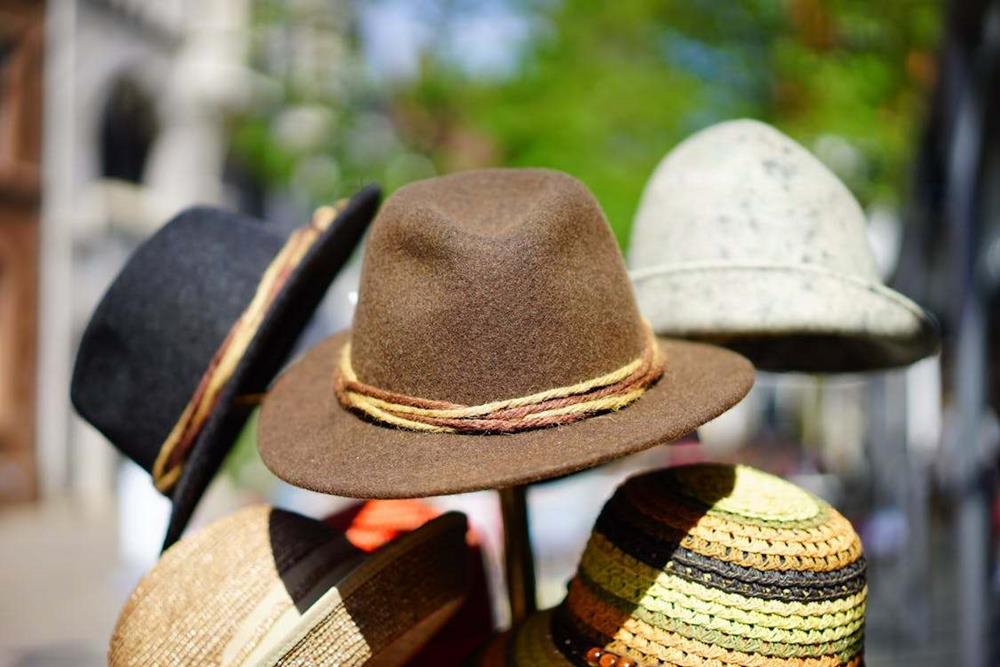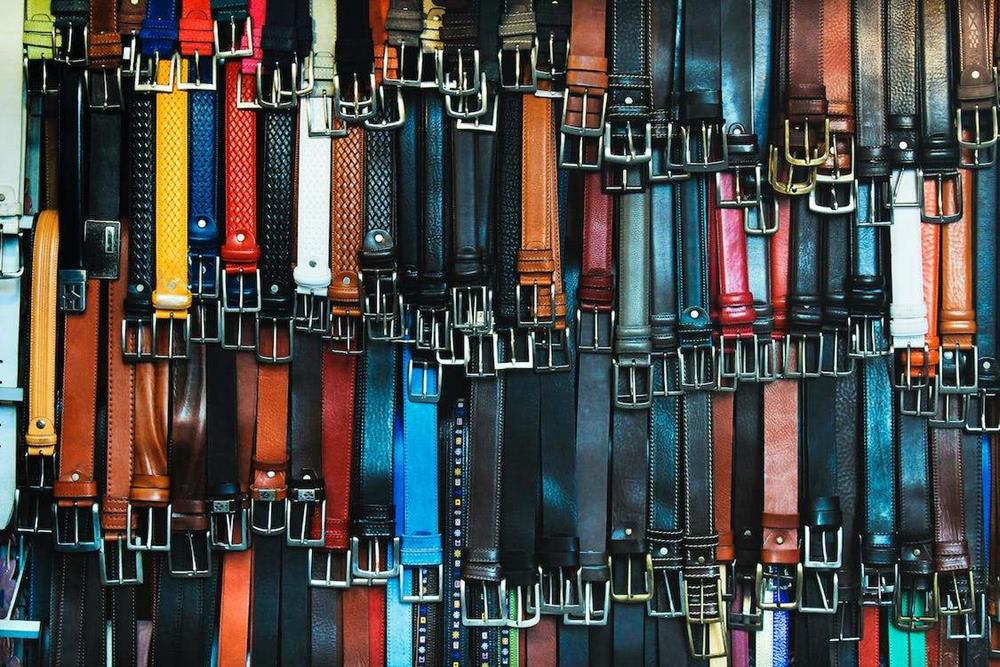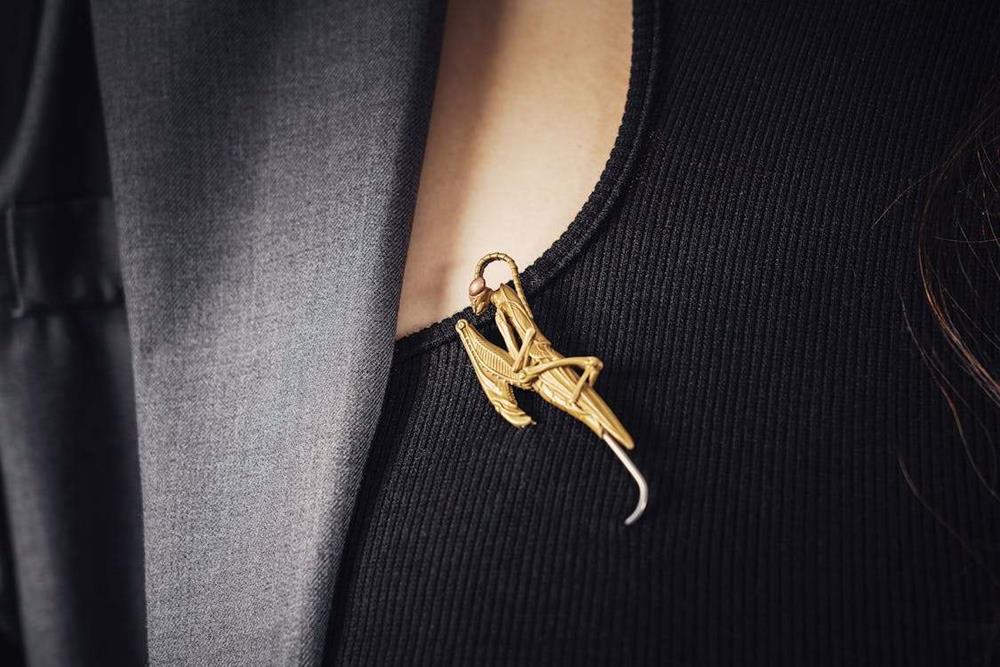Fashion accessories have always been more than just additions to an outfit; they are expressions of culture, identity, and personal style throughout history. From the ancient beads worn by our ancestors to the sophisticated pieces that grace today’s fashion runways, these items have woven their way through time, telling stories of eras, movements, and personal tales.
This article peeks into the rich history of fashion accessories, shedding light on how they have evolved over centuries, influenced by social changes, technological advances, and artistic movements, to become the indispensable elements of fashion we know today.
Necklaces
Necklaces have a storied history, serving various purposes from ceremonial and religious to status symbols and decorative objects. The earliest necklaces date back to the Stone Age, approximately 40,000 years ago, when they were made from natural materials like bones, feathers, and stones. These pieces were not only decorative but also held significant cultural and spiritual meanings.
As civilizations advanced, so did the complexity and variety of necklaces. The ancient Egyptians, around 2500 BCE, crafted elaborate gold necklaces inlaid with colored gemstones, signifying wealth and power. These necklaces were often buried with the deceased as a display of their status in the afterlife.
In ancient Greece, around 480 BCE, necklaces became more intricate with the use of gold and silver, depicting gods, animals, and nature. The Romans further embellished this trend by incorporating pearls, a symbol of wealth and prestige, into their necklaces.
The Middle Ages saw a decline in the use of necklaces due to the high necklines of clothing. However, the Renaissance rekindled interest in ornate jewelry, with necklaces featuring precious gemstones and intricate designs, symbolizing the resurgence of art and culture.
The Industrial Revolution in the 19th century made jewelry, including necklaces, more accessible to the middle class. The invention of costume jewelry in the early 20th century allowed for even wider accessibility and creativity in necklace design.
Today, necklaces continue to evolve, incorporating a wide range of materials and styles, reflecting the diverse tastes and cultural influences of our global society.
Bracelets
Bracelets have been an integral part of human adornment for millennia, with their origins tracing back to ancient civilizations. One of the earliest documented bracelets dates back to around 5000 BCE in Egypt, where they were made from bone, stones, and later precious metals, signifying status and allegiance.
In ancient Sumer, around 2500 BCE, bracelets were not only ornaments but also served as protection and religious symbols. These bracelets were often inscribed with prayers and were made from gold and lapis lazuli, demonstrating craftsmanship and cultural significance.
Around the 4th century BCE, the Greeks elevated bracelet designs with the use of gold, silver, and gemstones, making them popular among both men and women. The designs often featured intricate depictions of gods and animals, showcasing the skill of Greek artisans.
During the Roman era, bracelets became even more elaborate, with the addition of pearls and other precious stones reflecting the empire’s wealth and opulence. These pieces were worn as symbols of power and status.
The Middle Ages saw a decline in the popularity of bracelets, partly due to the fashion of long sleeves, which covered the arms. However, they reemerged during the Renaissance as a key element of personal adornment, with intricate designs featuring flowers, animals, and mythological scenes.
In the 20th century, bracelets evolved with fashion trends, from the Art Nouveau and Art Deco styles to modern minimalist designs. The introduction of charm bracelets in the early 20th century allowed wearers to personalize their jewelry, making bracelets not only a fashion statement but also a means of personal expression.
Earrings
Earrings, one of the oldest forms of body adornment, have a history that spans cultures and millennia. Archaeological evidence suggests that earrings were worn by people in ancient civilizations around the world, including Sumeria, Egypt, and Greece.
The oldest earrings were found in the royal graves in Iraq and date back to around 2500 BCE. These early examples were simple hoops and are a testament to the craftsmanship of ancient jewelers.
In ancient Egypt, around 1500 BCE, earrings became a symbol of wealth and status. Pharaohs and other high-ranking officials often wore elaborate gold and precious stone earrings to demonstrate their power and divine connection.
By the 8th century BCE, in ancient Greece, earrings had evolved into intricate designs, including figures of gods, animals, and other motifs. These pieces reflected the artistry and cultural significance of jewelry in Greek society.
The Roman Empire continued the tradition of ornate earrings, with the addition of pearls being particularly popular among Roman women. Pearls were highly prized and signified purity and wealth.
During the Middle Ages, earrings fell out of fashion in Europe, largely due to the prevalence of wimples and veils worn by women, which covered the ears. However, they made a resurgence in the 16th century, as fashion began to favor more revealing hairstyles and attire.
The 17th and 18th centuries saw earrings become increasingly elaborate, with the use of diamonds and other precious stones. This period also saw the introduction of the girandole earring, a chandelier-style earring that became a symbol of opulence.
The 20th century brought about significant changes in earring styles, influenced by cultural movements and the introduction of new materials like plastics. The 1920s flapper era popularized long, dangling earrings, while the latter half of the century saw a variety of styles, from minimalist studs to bold statement pieces.
Hats
One of the earliest known hats was found in a tomb in Thebes, Egypt, and dates back to around 3200 BCE. It is a simple straw hat, signifying the beginning of hat use for protection against the elements.
In ancient Greece and Rome, hats were often symbols of status and profession. The petasos, a wide-brimmed hat worn by travelers, became one of the most recognized forms of headwear in ancient Greece. Meanwhile, in Rome, different types of hats indicated social rank or occupation, from the pileus worn by freed slaves to the more elaborate headpieces of the Roman senators.
The Middle Ages in Europe saw hats evolve from simple head coverings to symbols of social standing. By the 14th and 15th centuries, hats such as the chaperon became fashion statements, reflecting the wearer’s wealth and status. The more elaborate the hat, the higher the wearer’s social rank.
The 16th and 17th centuries brought about significant changes in hat styles, influenced by shifting fashion trends and the introduction of new materials. The beret, popularized in Europe, became associated with artists and the bohemian lifestyle. Meanwhile, the Puritans in England and America favored simpler, more austere hats, reflecting their religious beliefs.
The 18th century introduced the tricorn hat, which became associated with the military and political figures of the era. Its distinct shape made it a staple of the uniform of officers during the American Revolution.
The 19th century saw the rise of the top hat, which became synonymous with the Victorian era. It was a symbol of the burgeoning middle class and was essential for formal occasions. Towards the end of the century, more casual styles, such as the bowler hat, gained popularity among the working class.
The 20th century witnessed a diversification of hat styles, influenced by changes in fashion, culture, and technology. From the cloche hats of the 1920s to the baseball caps and beanies of the late 20th century, hats adapted to the evolving tastes and needs of society.
Today, hats serve as both functional items and fashion accessories, reflecting a wide range of styles, materials, and cultural influences. They continue to be an integral part of human attire, embodying both our history and our individuality.
Belts
The earliest evidence of belt usage can be traced back to the Bronze Age, with artifacts and depictions showing men and women wearing belts as part of their attire. These early belts were often made from natural materials like leather or fabric, serving the practical purpose of holding garments in place or carrying tools and weapons.
In ancient Rome and Greece, belts, known as “balteus” and “zoster” respectively, played a crucial role in military dress. Roman soldiers used wide leather belts to carry their swords and to signify rank within the legion. Similarly, Greek warriors wore belts as part of their armor, both for carrying weapons and for added protection in battle.
During the Middle Ages, the belt’s significance in Europe shifted from a practical military accessory to a symbol of wealth and power. Elaborately decorated belts made from precious metals and adorned with jewels became fashionable among the nobility. These belts were not only decorative but also served as a display of wealth and status.
The Renaissance period saw the belt become more integral to fashion, with both men and women using it to cinch their waist and enhance their silhouette. The use of belts helped to define the fashion of the era, with different styles and materials indicating one’s social standing.
In the 19th century, with the advent of trousers as everyday wear for men, the belt became more standardized and functional. However, it was not until the early 20th century, when trousers with belt loops became common, that the belt truly became a staple of men’s fashion. This period also saw the introduction of the modern buckle, making belts more adjustable and secure.
Women’s fashion also embraced belts in the 20th century, with the flapper style of the 1920s popularizing thin belts that accentuated the waist. Throughout the century, belts varied in width and style, reflecting the changing trends in women’s fashion.
Lapel Pins or Brooches
The history of lapel pins and brooches spans centuries, showcasing their evolution from practical garment fastenings to symbols of status, affiliation, and personal expression. These small but significant accessories have played various roles throughout history, reflecting changes in fashion, society, and technology.
Lapel pins and brooches can be traced back to the Bronze Age, around 2500 BCE, where they were used primarily to secure clothing. Early examples were simple and functional, but as metalworking skills advanced, these items became more decorative. The ancient Egyptians, for example, crafted elaborate brooches, often in the shapes of animals or gods, serving as both ornamentation and symbols of protection and status.
In Ancient Rome and Greece, brooches, known as fibulae, were common. They were not only functional, serving to fasten togas and other garments, but also displayed wealth and social rank. The designs became increasingly intricate, featuring precious metals and gemstones, reflecting the craftsmanship and artistic skills of the time.
The Middle Ages saw brooches evolve further, becoming a staple of medieval fashion. Knights and nobility wore ornate brooches as a sign of their status and to display their family crests or heralds. These pieces were often detailed with enamel work, gemstones, and intricate metal designs, showcasing the high level of artistry of medieval jewelers.
During the Renaissance, the use of lapel pins and brooches expanded beyond the aristocracy. Artisans created pieces that depicted scenes from mythology, religion, and nature, mirroring the period’s interest in humanism and the natural world. This era also saw the introduction of the portrait miniature brooch, which allowed wearers to carry images of loved ones, similar to modern-day lockets.
The Victorian era marked a significant period for brooches, with Queen Victoria’s love for these accessories influencing fashion across Europe. Mourning brooches, containing locks of hair from deceased loved ones, became popular, reflecting the era’s fascination with death and mourning rituals. The Industrial Revolution also introduced new materials and mass-production techniques, making brooches more accessible to the middle class.
In the 20th century, lapel pins and brooches took on new significance and were used to signify membership in organizations, military affiliations, or political movements. They became a way for individuals to express their identities and beliefs. The use of lapel pins surged during political campaigns, with candidates distributing pins as a way of promoting their platforms and building solidarity among supporters.
Today, lapel pins and brooches are worn for both fashion and symbolic purposes. They serve as a form of personal expression, commemorating achievements and affiliations, or simply as decorative accessories.
Conclusion
Fashion accessories have woven their way through history, marking periods of innovation, expression, and cultural significance. From the ancient necklaces that hinted at societal status to the revolutionary brooches that captured moments in time, each piece tells a story of human creativity and social evolution. These items have transcended their initial utilitarian purposes to become symbols of identity, allegiance, and personal style.


